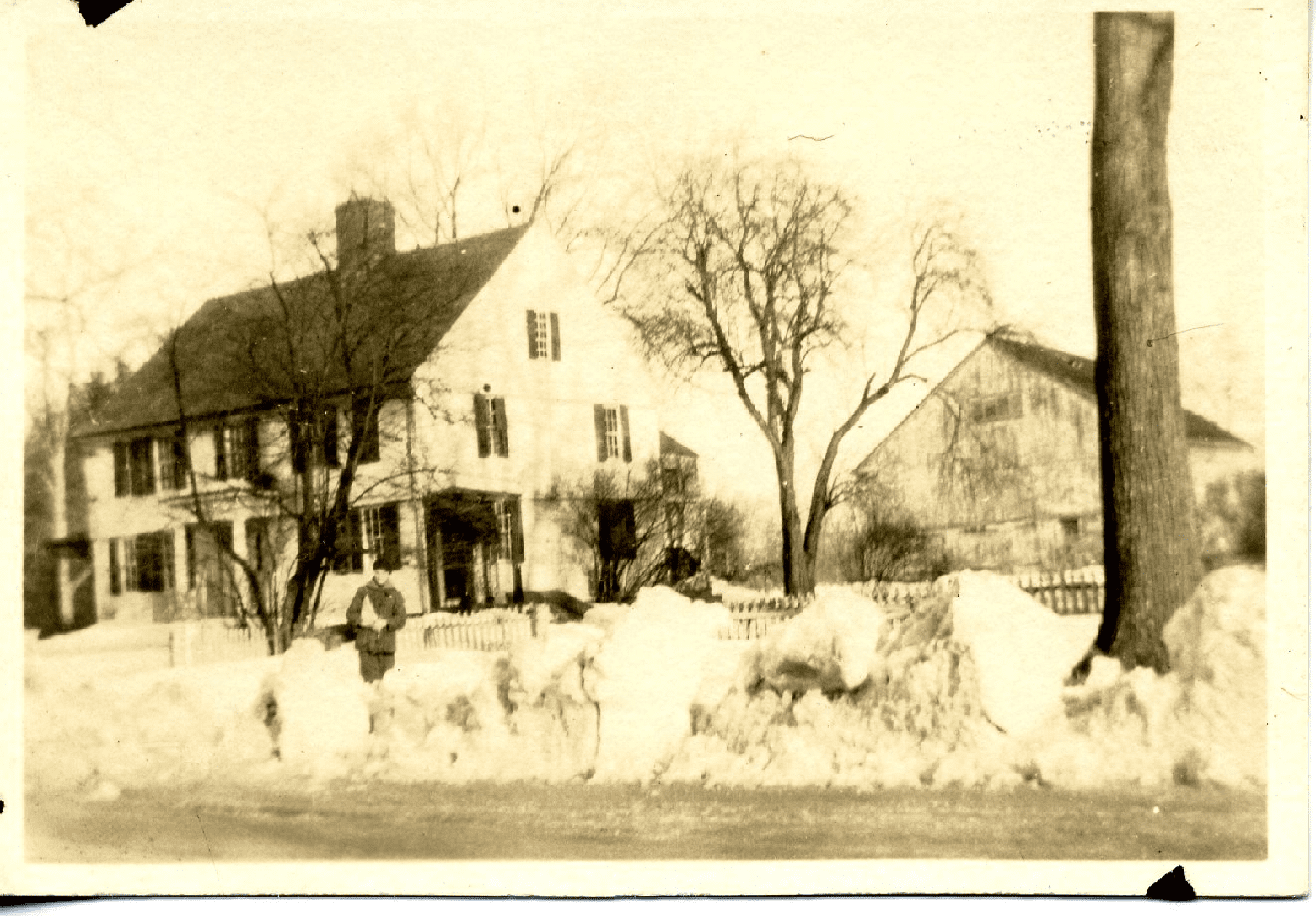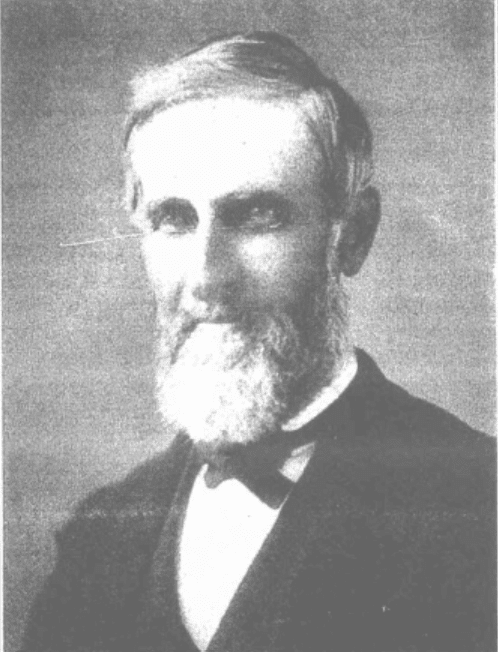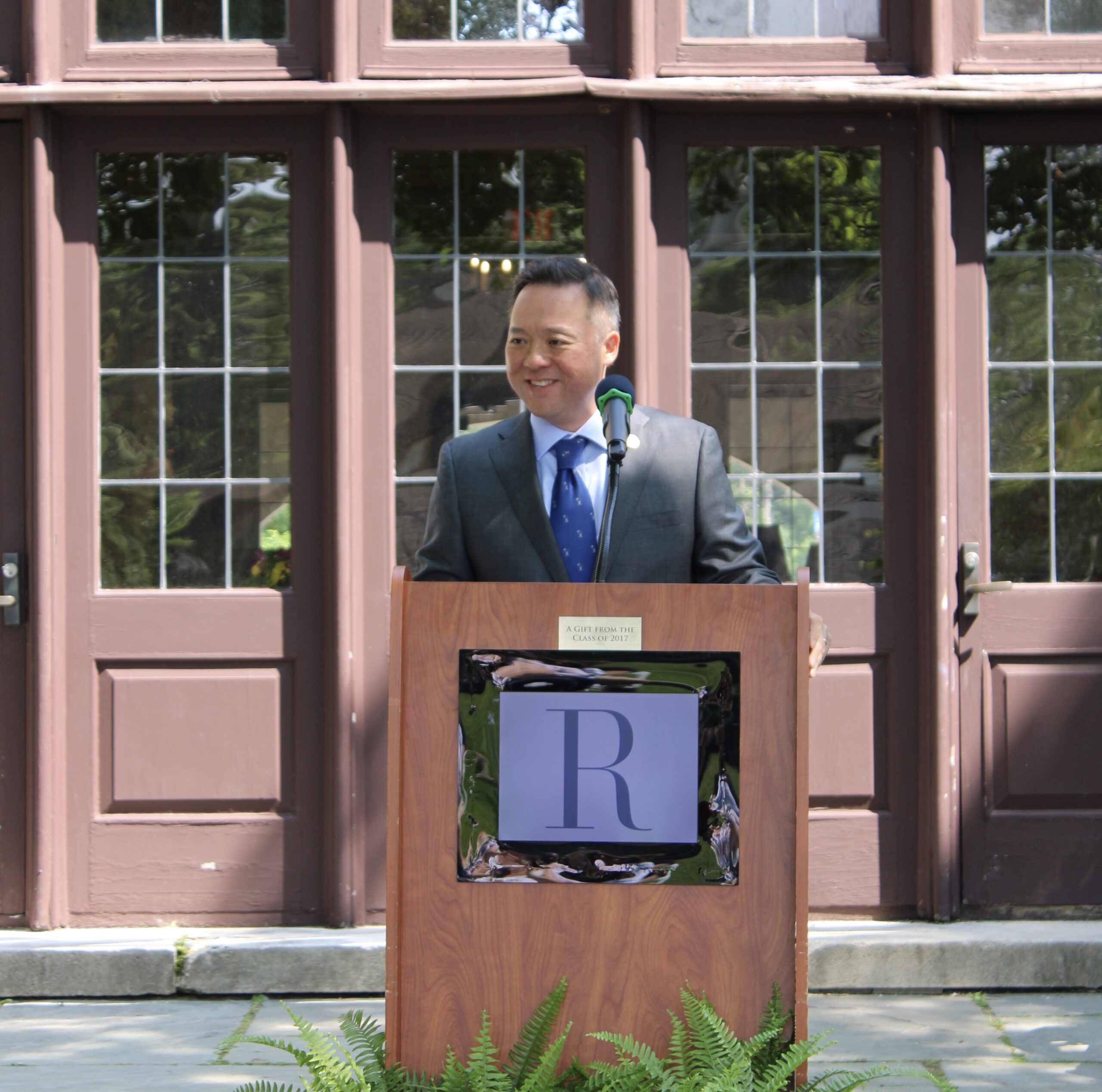From the West Hartford Archives: Talcott House, Epstein Plaza on New Britain Avenue

Audio By Carbonatix

Talcott House on New Britain Avenue. Photo courtesy of Noah Webster House & West Hartford Historical Society
Historian Jeff Murray takes a look into West Hartford’s past to uncover some surprising information, stir up some memories, or reflect on how much life has changed – or hasn’t changed at all. Enjoy this week’s ‘From West Hartford’s Archives’ …
By Jeff Murray
The land that the Epstein Plaza was built on was owned by the Talcott family, who had lived in a colonial house on the northwest corner of South Quaker Lane and New Britain Avenue.
Henry Talcott, born in 1815 in the house, was an influential figure in the growth of the education system in West Hartford and advocated for the construction of a modern school in the Elmwood section of town in the 1840s. He was employed as acting school visitor, in which he was responsible for issuing certificates to teachers and checking out the conditions of the schools around the area.
When the first high school was opened under Principal William Hall in 1872 in the Center, Talcott was active in its construction and its development. When the town became independent from Hartford in 1854, he served as one of the first selectmen and worked on several committees associated with the Congregational Church. In line with his advocacy for education, he taught an adult Bible class in the Sunday school and was chairman of the town school committee until his death in 1888.
Henry Talcott’s connection to Elmwood almost feels mythical – he was around for the first modern high school in West Hartford and the children who graduated from the school system during his life went on to survive through the 1960s (some even in the 1970s), but his grandmother was Sarah Whitman Hooker (her daughter Abigail married Henry’s father Samuel) and Henry was 21 years old when she died. It is hard to believe how short the history of the town can be when the older residents in the 1960s could remember the man who would have personally known his American Revolutionary icon grandmother!
Henry’s father, Samuel Talcott, came into possession of the colonial house at the corner, as well as the surrounding land, in 1789 when he purchased it from the widow of the man who built it, Samuel Stanley, who had conducted a woolen mill at Trout Brook. This mill was behind the house at the rear of the farm some distance along the brook at the edge of the current Beachland Park and has its own plaque dedicated to its historical significance on location.
After Stanley’s death, Henry Talcott’s father took over the clothier’s shop and mill at the brook and he and his wife raised their children in Elmwood, Henry being the youngest.

Henry Talcott, Photo courtesy of Noah Webster House & West Hartford Historical Society
Henry’s brother Seth conducted the mill after their father’s death, but by 1860, Henry and his sister Mary, who lived with him, were the last remaining children of the family still on the farm at the corner. Henry married Elizabeth Whiting in New Haven in 1841 and she had six children at the Talcott house – Francis, Eliza, Elizabeth, Sarah, Emeline, and Abigail, who died young. Their son Francis grew up, married, and operated a poultry farm across the road at what is now Burgoyne Street. His 1865 house at the corner of Burgoyne still stands and it was his grandson who sold the land in 1915 for the new street for the houses that would be built there.
His four surviving sisters were never married and lived for many years together in the colonial Talcott house at the corner.
Eliza was the superintendent of the Elmwood Sunday School at the turn of the 20th century and on the Congregational Church’s library committee. Emeline and Elizabeth were instrumental, along with a neighbor Julia Faxon, in the creation of the Elmwood Literary Society, the predecessor of the public library. Sarah Whiting Talcott, another sister, graduated from Vassar College in 1875 and studied art abroad in France and New York with prominent artists for more than a decade. After her father’s death in 1888, she returned home to Elmwood and lived with her mother and sisters. She taught art lessons and sold antiques out of a small room on an addition built on the west side of the house. In 1906, she was a charter member and regent for six years of the Sarah Whitman Hooker chapter of the Daughters of the American Revolution, named for her great-grandmother.
Sarah Talcott eventually bought out the interest in the house from her sisters after their mother’s death in 1913 and lived there for the rest of her life. Below is a photograph of Talcott in her art studio just a few years before she died in 1936.

Sarah Whiting Talcott in the mid-1930s, Photo courtesy of Noah Webster House & West Hartford Historical Society
Having photos of landscapes and street views are wonderful ways to show how an area has changed over time, but photographs of people in their natural environment can be just as, if not more, enriching to our local history. Snapshots of humanity can help cement the legacy of the people who lived here, even if they don’t have children of their own. In Sarah’s case, some of her artwork was retained through the years and is still kept at the home by the current owner.
In 1954, when the house was threatened with demolition to make way for the shopping plaza at the corner, the owner at the time Harold DeGroff, an interior decorator, was set on saving it. DeGroff appealed to the historical societies on its removal, but in his words, they “turned a deaf ear” and the state found it wasn’t rare enough to preserve. Without institutional help and with only one week, he and others who volunteered by raising money for it to be moved.
With one week left, it was propped up onto rollers and moved west to its current location at 1168 New Britain Avenue, across from Somerset Street. The bill to do the work cost $11,800. Some residents who were children at the time remember the removal of the wires required to move the house three blocks down.

Talcott house in its current location at 1168 New Britain Avenue. Town of West Hartford website image
Work on the shopping center had been in the works since the fall of 1952 and was set to include a supermarket (First National), as well as a large drug store and 10 smaller shops. Interestingly, there was one other establishment that would have to be removed to make way for the plaza – P. A. Torizzo’s nursery.
Many people remember Torizzo’s nursery at the southwest corner of New Britain Avenue and South Main Street at the top of the hill, but Pasquale Torizzo actually got his start in West Hartford at the west side of the land where the plaza went near Mayflower Street. He established the nursery across from Princeton Street in 1937 as a small tent, but it eventually expanded to a pavilion by 1943. In the early 1950s, the business grew enough to warrant an addition west at Knollwood Road.
When the Elmwood shopping center plaza went forward, the old nursery property across from Princeton had to be removed entirely and so the South Main Street corner site became the one we all know. A woman who grew up in Elmwood before it was removed remembers walking home from Talcott Junior High School and stopping in to Torizzo’s garden shop where the shopping plaza would be built in order to buy a flower for her mom. Memories that can be retold today make these things realer than any newspaper article can. A future article will discuss more in depth the shopping plaza and its stores over the years.
Thanks to the dedication of people who recognized the real value of preserving what came before us, the Talcott house still stands today on the north side of New Britain Avenue. While it is surrounded by side streets and a variety of other houses, it has been preserved. It is often passed by on New Britain Avenue amid the bustling traffic near the corner.
Like many areas of West Hartford in the 1950s, the town advocated for massive development and sprawl. Construction of the new has often required destruction of the old, but the Talcott house is a great example of how the two can co-exist – it just takes work,

Epstein Plaza on New Britain Avenue. Google Street view
Jeff Murray was born and raised in West Hartford and has been involved with the Noah Webster House & West Hartford Historical Society since 2011 when he was a high school student and won the Meyer Prize for his essay on local history. Jeff routinely volunteers as local history researcher uncovering information for numerous museum programs such as the West Hartford House Tour and West Hartford Hauntings. Jeff works as a data analyst at Pratt & Whitney.
Like what you see here? Click here to subscribe to We-Ha’s newsletter so you’ll always be in the know about what’s happening in West Hartford! Click the blue button below to become a supporter of We-Ha.com and our efforts to continue producing quality journalism.



